In rich Japanese mythology and spirituality, the Jizo are celestial figures renowned for their benevolence and their compassion towards wandering souls. These guardians hold a special place in the hearts of the Japanese, embodying protection and comfort in times of difficulty and suffering. In this article, we will delve into the fascinating world of Jizo, exploring their history, their symbolism and their omnipresence in Japanese culture.
Origins and history of Jizo
The Jizo's origins date back to the beginnings of Buddhism in Japan, where they are revered as bodhisattvas, enlightened beings who renounced their own enlightenment to help others achieve enlightenment. Their story is closely linked to that of Ksitigarbha, a bodhisattva revered in Buddhist tradition for his infinite compassion towards all living beings, especially suffering beings.
According to Buddhist tradition, Ksitigarbha vowed not to attain nirvana until all living beings were free from suffering, especially those suffering in the hellish realms. This is how Ksitigarbha became associated with the protection of wandering souls and the dead, offering comfort and guidance in their journey to the next world.
In Japan, Jizo are often considered manifestations of Ksitigarbha and are revered for their role as protectors of souls, particularly those of children who predeceased their parents. Their unwavering compassion and devotion to relieving human suffering make them revered figures throughout the country, where they are often honored through dedicated statues and shrines.
Over the centuries, Jizo have become symbols of protection and comfort within Japanese culture, providing a refuge of peace and compassion in an often difficult world. Their omnipresence in temples, cemeteries and places of worship testifies to their spiritual importance and their lasting influence on Japanese society, where they continue to embody the values of kindness and mutual support.

Symbolism and representation
The Jizo are represented in the form of small stone statues, often draped in red clothing or adorned with red caps, symbolizing their role as protectors and guardians. Red is a symbolic color in Japanese culture, often associated with protection and vitality, which reinforces the image of the Jizo as benevolent figures watching over wandering souls.
These statues can be found in a variety of sacred places throughout Japan, such as Buddhist temples, cemeteries, shrines and even along mountain roads. Their comforting presence provides a refuge of peace and tranquility, where visitors can reflect and find comfort in times of suffering and distress.
In addition to their role as protectors of souls, the Jizo are also revered as deities of fertility and the protection of children. Bereaved parents often place offerings in front of Jizo statues, such as toys, sweets or clothing, in gratitude for their protection and hoping for eternal rest for their deceased children.
The Jizo are also often depicted with a gentle and kind face, symbolizing their infinite compassion towards all living beings. Their calm, attentive posture evokes a comforting presence, offering support and comfort in times of sadness and grief.

The presence of Jizo statues in Japanese culture
The Jizo occupy a central place in Japanese culture, where they are revered and honored through a variety of rituals, festivals and traditions.
Jizo festivals are popular annual events across Japan. The most famous of these festivals is the O-Bon festival, a Buddhist celebration that honors ancestors and the souls of the dead. During the festival, the Jizo are honored with offerings of food, flowers and lanterns, symbolizing gratitude for their protection and support.
Jizo statues are also a common feature in Buddhist temples and Shinto shrines across the country. Visitors often come to meditate in front of the Jizo statues, praying for the protection of their loved ones, the healing of the sick or the eternal rest of the souls of the dead.
In addition to their religious role, the Jizo are also present in many aspects of daily life in Japan. Their image is often associated with scenes of tranquility and serenity, providing calming comfort in a world in constant motion.
Jizo are also popular characters in Japanese tales and legends, where they are often depicted as benevolent protectors who watch over children and lost travelers. Their inspiring stories and comforting presence have captured the imagination of the Japanese for centuries, making the Jizo an integral part of Japan's cultural identity.

We are coming to the end of this article and from now on the Japanese Jizo statues no longer hold any secrets for you! To conclude, we can easily say that Jizo represent much more than just stone statues in Japanese culture. They embody compassion, protection and kindness, providing comfort and support to distressed souls for centuries. Their presence in temples, cemeteries and traditions speaks to their spiritual importance and profound impact on Japanese society. The Jizo continue to symbolize the hope and strength of the community, providing a refuge of peace and comfort in an often tumultuous world





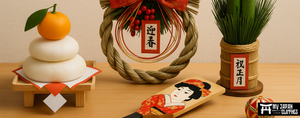
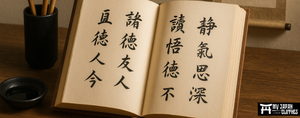

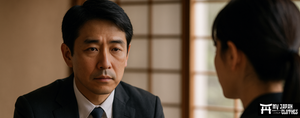




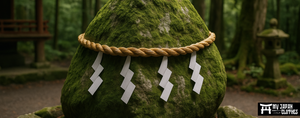


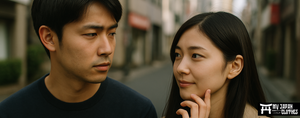
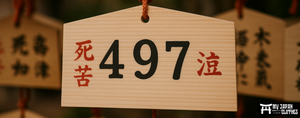







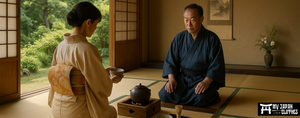
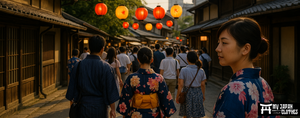




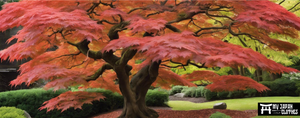
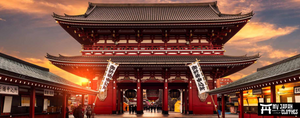
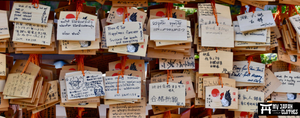

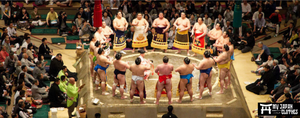













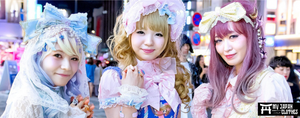

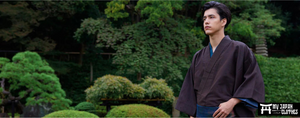
Leave a comment